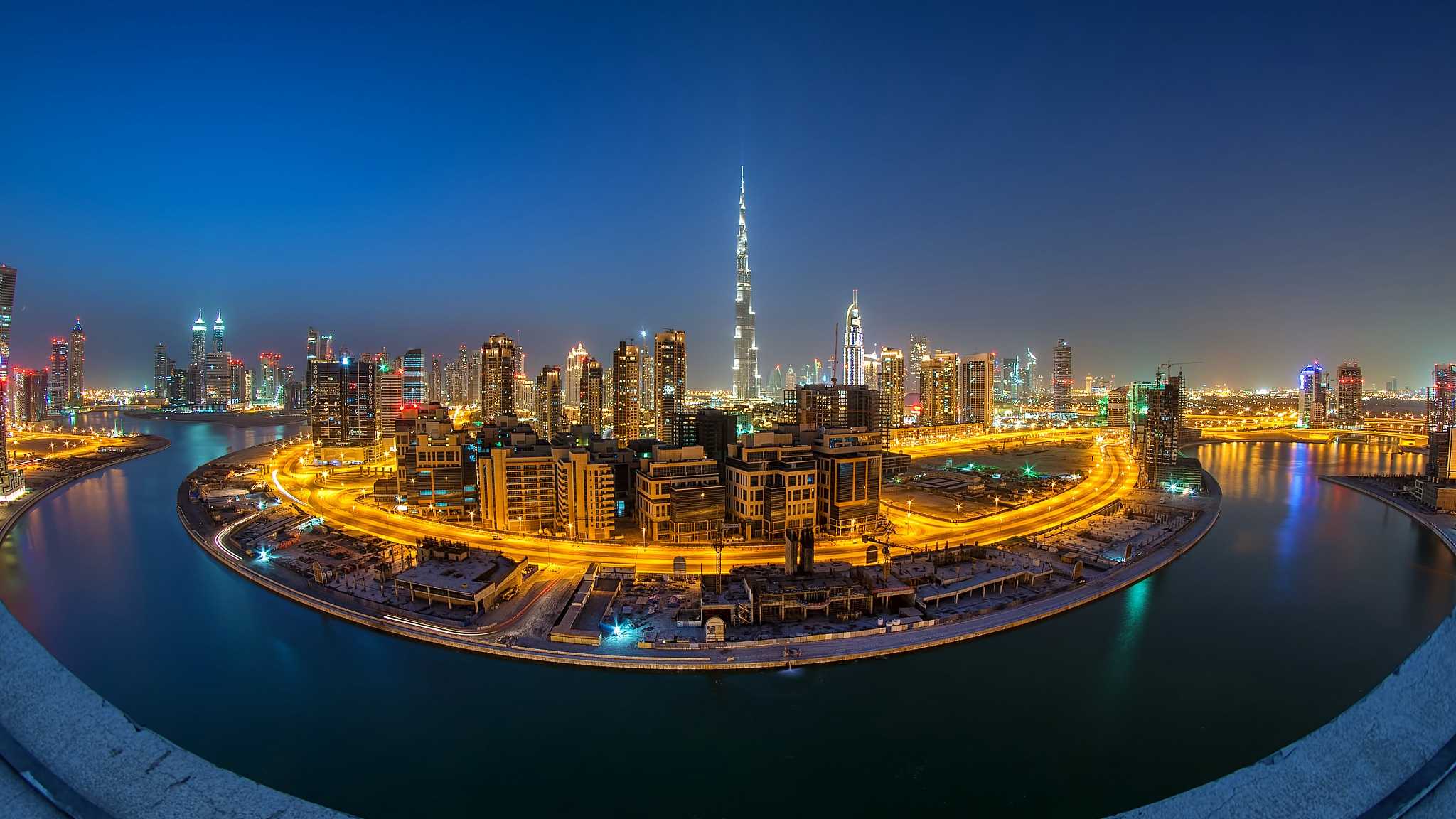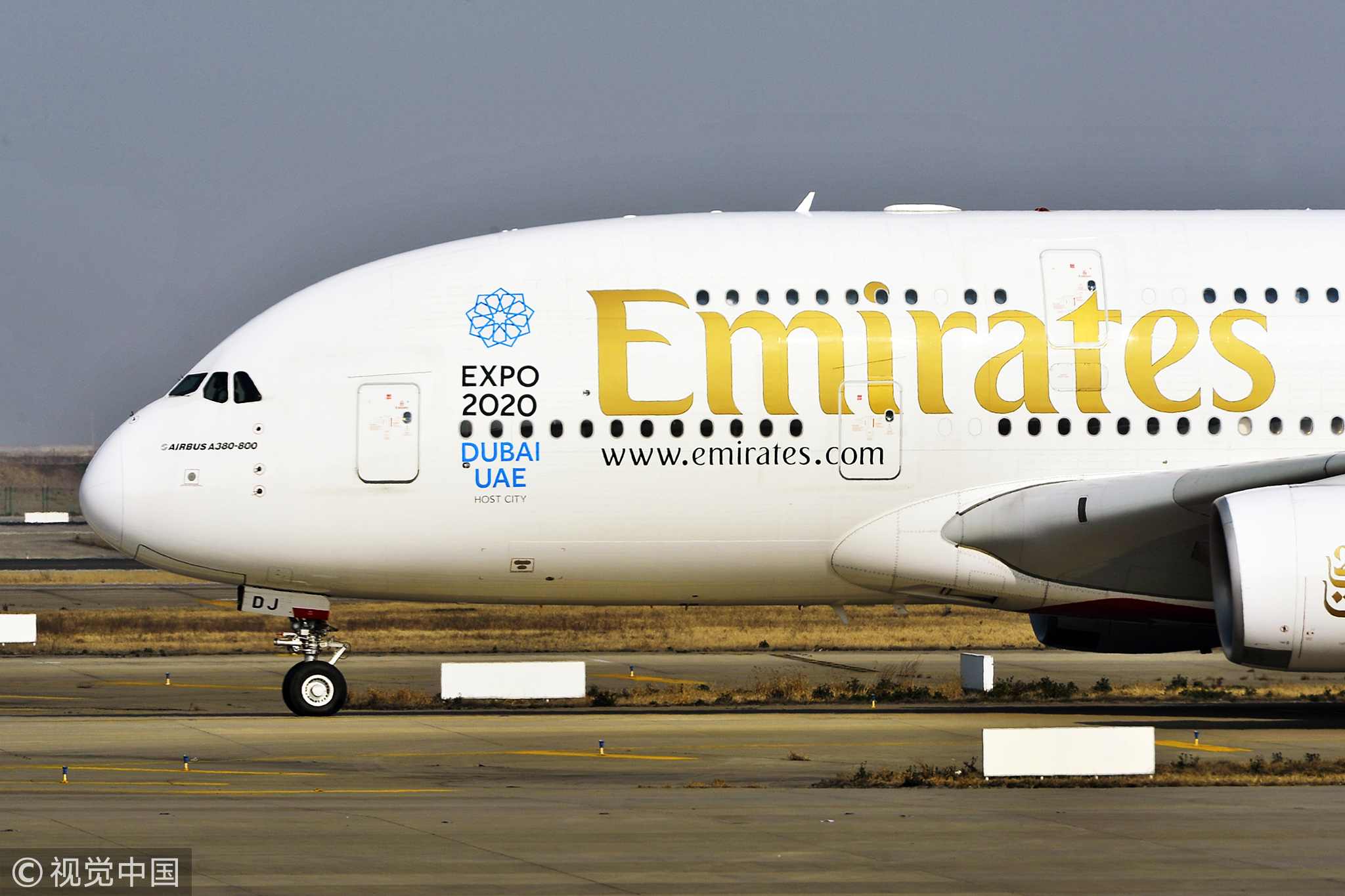
Opinions
12:37, 20-Jul-2018
Opinion: China, UAE to work together to enhance 'Belt and Road' cooperation
Updated
11:53, 23-Jul-2018
Tian Wenlin

Editor's note: Tian Wenlin is an associate research fellow at the China Institutes of Contemporary International Relations. The following is an edited translation of commentary from the Chinese-language "Commentaries on International Affairs (国际锐评)."
Chinese President Xi Jinping on Thursday started a state visit to the United Arab Emirates, his first overseas trip after he was re-elected president earlier this year. It is also the first time in 29 years that China's head of state has visited the UAE.
Despite its relatively small size, the UAE is strategically placed, as it is close to the Persian Gulf. It has well-developed land and sea transportation routes. Dubai has a world-famous airport and commodity distribution center. The country has proven reserves of oil and natural gas that rank it sixth and fifth respectively in terms of global reserves. The UAE's per capita GDP exceeded 40,000 US dollars last year.
By the 50th anniversary of the country's founding in 2021, it will be one of the world's most well-developed countries, according to the country's development plan.

Abu Dhabi National Oil Company Headquarter lights up red to welcome the state visit of Chinese President Xi Jinping./China Plus Photo
Abu Dhabi National Oil Company Headquarter lights up red to welcome the state visit of Chinese President Xi Jinping./China Plus Photo
In 2012, the UAE became the first Gulf Arab country to establish a strategic partnership with China. The two sides have worked to strengthen cooperation in various fields, and many cooperation projects have come up because of the rapid advancement of China's Belt & Road Initiative (BRI). In 2017, the UAE awarded 12 percent of the franchise rights of the Abu Dhabi onshore oil block to Chinese companies – the first time China gained a share from upstream cooperation in the Middle East. In March this year, the UAE granted a 10 percent franchise for each of the two oil fields in the Abu Dhabi offshore oil block to Chinese companies. Cooperation in the oil and gas sector has become a flagship of the deepening the partnership between China and the Middle East.
A collaboration between China and the Arab state has also progressed significantly in the fields of infrastructure, telecommunications, finance, and culture. After Xi first proposed the BRI in 2013, Abu Dhabi Crown Prince Mohammed bin Zayed Al Nahyan praised the initiative. Xi's visit to the United Arab Emirates will inevitably push the two countries into closer cooperation across various fields.

A Fly Emirates's flight landed in Shanghai Pudong Airport on Mar 3, 2017./VCG Photo
A Fly Emirates's flight landed in Shanghai Pudong Airport on Mar 3, 2017./VCG Photo
From a broader perspective, the UAE can be at the center of China's growing cooperation with the Middle East, which is at the midpoint of the BRI that makes it a natural and important area for cooperation. As it stands, China is the largest trading partner for nine of the Arab countries that are China's largest supplier of crude oil, its seventh largest trading partner, and an important port of call for engineering contracting and overseas investment.
From 1978 to 2011, trade volume between China and the Middle East increased by an annual average of 19.7 percent, significantly exceeding the average growth rate of China's trade with other countries over the same period.
Cooperation in the energy market has been the most important touch point for both sides. Currently, China imports 70 percent of its energy from six member countries of the Gulf Cooperation Council. The huge market and consumption power of the Middle East has also provided a valuable opportunity in terms of China's development: Between 2000 and 2012, China's exports of goods to the Gulf region increased by an average of 23 percent a year.
In 2014, at the sixth ministerial meeting of the China-Arab States Cooperation Forum, Xi proposed the "1+2+3" China-Arab cooperation agreement. The new agreement had energy cooperation at its core. The "two wings" of the agreement were infrastructure construction and the facilitation of trade and investment. And it included three high-tech breakthrough areas: nuclear energy, space satellites, and new energy. The participants at the recent ministerial meeting of the eighth China-Arab States Cooperation Forum signed important agreements that provide a clear, systematic, and complete blueprint for the development of China-Arab relations into the future.
For countries in the Middle East, the BRI is a historical development opportunity that should not be missed. In the past, the economic prosperity and national strength of the Arab and Ottoman empires were largely due to their role as an intermediary on the Silk Road, connecting the East and the West through trade. The Arab states have regarded the BRI as an opportunity to drive the rejuvenation of their countries and their region. Both China and the Arab states have repeatedly expressed their recognition that their development goals are complementary, and that there are broad opportunities to develop the initiative together.

SITEMAP
Copyright © 2018 CGTN. Beijing ICP prepared NO.16065310-3
Copyright © 2018 CGTN. Beijing ICP prepared NO.16065310-3